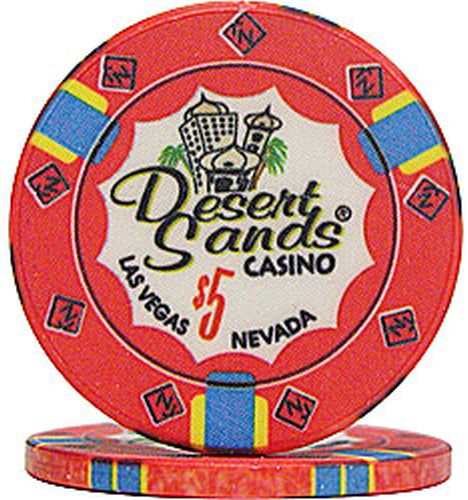
Instead of sand, the surrounding surface is covered in layers of ice and snow. Unlike the previous three types of deserts, they are cold all year round with frigid winters. They are very dry, but not in the traditional sense. The former makes up the entire continent, while the latter stretches across numerous countries like Canada, Greenland, Norway, Sweden, Finland, and Russia. They are the largest deserts in the world at 5.5 and 5.4 million square miles respectively. Due to their positions at the northern and southern poles of our planet, they are also known as polar deserts. Image credit: Armin Rose/Īntarctica and the Arctic are both classified as cold deserts. Antarctica is the world's largest desert. Two of the most notable coastal deserts in the world are the Atacama Desert in South America and the Namib Desert in Africa. Regional animals include coyotes, badgers, and various types of birds and reptiles. The soil, however, is significantly more absorbent and is better at supporting plant life, such as saltbushes, rice grass, and chrysothamnus. As a general rule, they receive three to five inches of rain every year. Winters are cooler, frequently teeter-tottering at the freezing mark.Ĭoastal deserts are often shrouded by heavy fog, but even so, rainfall is uncommon, a result of the wind preventing moisture from moving onto the land. The average temperature hovers around 13-24 degrees Celsius and rarely goes above 35 degrees. They experience warm summers that never quite reach the blazing temperatures of the above two types. Unsurprisingly, coastal deserts are located along coasts next to large bodies of water, such as oceans. Other notable deserts include the Arabian and the Kalahari. Stretching an impressive 3.5 million square miles, the Sahara in Africa is the largest hot and dry desert in the world. Most animals are small and only come out at night when things are cooler.

What few plants exist in these regions have the ability to retain moisture in their leaves to withstand searing temperatures. The soil is coarse and gravelly, and does not support much life.

Due to intense heat, rain is known to evaporate before it can even reach the ground. Some hot and dry deserts receive less than one inch every year, while others can go a whole year without any. Rain is rare and is generally separated by long, dry spells. Regardless, at night, the temperature can drop below freezing. In fact, the surface of these types of deserts receive twice the amount of solar radiation than other less arid regions. The average temperature hovers around 20-25 degrees Celsius, but it can go up to a scorching fifty degrees. True to their name, they tend to be very hot and dry all year round. Hot and dry deserts are also known as arid or subtropical deserts.


 0 kommentar(er)
0 kommentar(er)
